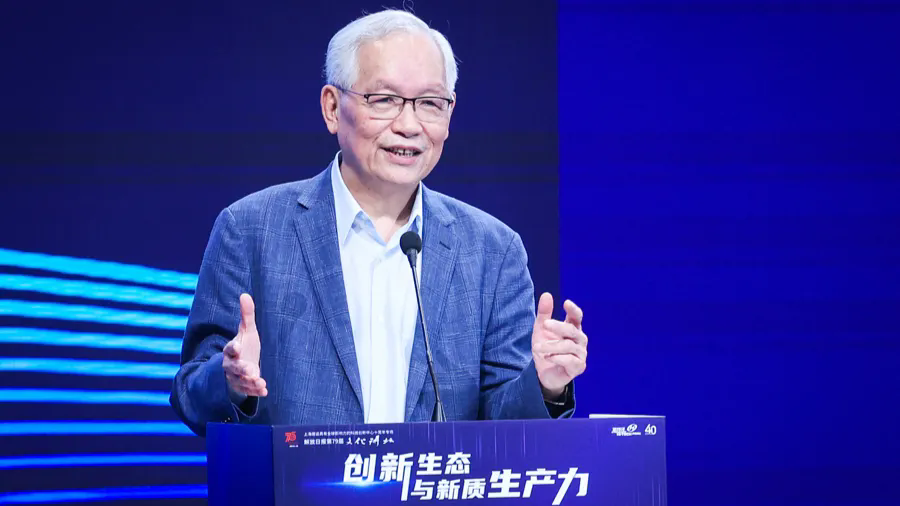发布日期:2024-06-06
Wang Zhan, Chairman of the Shanghai Federation of Social Science Associations, has studied the new technological revolution for 40 years since the early 1980s when he first engaged in research for decision-making consultation with the Shanghai Municipal Government and the State Council of China. On the recent 79th Culture Lecture Forum held by Jiefang Daily, Wang Zhan delivered a speech on “Shanghai-style Culture and Innovation”, explaining the relationship between Shanghai-style Culture, Revolutionary Culture, and institutional innovation and technological innovation.

Then Mr. Wang moved on to Jiangnan Culture. Some have argued that the most developed area in the world before the Opium War was China’s Jiangnan. Then it was the Shanghai-style culture that served as a transitional bridge from the Jiangnan Culture to the Revolutionary Culture when China was transitioning from an agricultural civilization to an industrial civilization. If we are going to define the Shanghai-style Culture, it can be “Jiangnan Culture with cosmopolitan style”.
Strictly speaking, “Westward Spread of Eastern Learning” came before “Eastward Spread of Western Learning”. For example, the physiocratic school in the West borrowed a lot from its Eastern predecessor. In the meantime, we should also recognize that the “introduction of Western learning to the East” played a pivotal role in modern China’s development.
Shanghai-style culture gradually developed as China was transforming from an agricultural civilization to an industrial one. Over the several centuries starting from Matteo Ricci and Xu Guangqi, Shanghai-style culture has, in important ways, inspired China for institutional innovation. Shanghai-style culture was not all good, but it at least offered choices, options, alternatives, and the Chinese people eventually chose to build the Revolutionary Culture. Before that China, in the late Qing Dynasty, had attempted, in vain, the Hundred Days of Reform inspired by the Japanese Meiji Restoration. Then the Chinese people had embraced the newly-born Republic of China, only to find the country torn to fragmentation by warlords. Finally, we were persuaded by The Communist Manifesto and it worked. The Communist Party of China was then founded in Shanghai and the Revolutionary Culture has since prevailed.
Therefore, I hold the view that the Revolutionary Culture contains “institutional innovation”. Our topic today is innovation, but we should not forget that innovation not only refers to technological innovation. The very foundation for technological innovation is institutional innovation. We should recognize that it is institutional innovation that paves the way for technological innovation.

Recently, I have published a book named AI and New Technological Revolution. My Ph.D. program students have always been engaged in this research with me. We might set the year of 1775 when Watt inaugurated the Steam Engine Revolution as the starting point and take every 50 years as a cycle. During the initial cycle, China was under the reign of Emperor Qianlong; during the second, we were governed by Emperor Daoguang; and during the third, Empress Dowager Cixi. During the three cycles, China’s science and technology were on the decline. It was not until the period of the Technological Revolution after World War II that we finally recognized our backwardness and published an article: Embrace the Challenge of the New Technological Revolution in 1958. However, we were so overhasty that we drew up a plan to catch up with and even surpass the development of the U.K. and the U.S. in 20 years. To compensate for our previous failure, we highly cherished the Information Technology Revolution after the 1980s. Fortunately, we have seized the opportunity and caught up with the developed economies.
With the emergence of AI, global evaluations consider China and the U.S. to be in the first tier of the current technological revolution. Indeed, within this first tier, there remains a significant gap between us and the U.S. However, China is arguably among the front runners. We need to develop current high-tech industries and future industries as we are now standing at the frontier, exploring and researching for “no man’s land” in many areas.